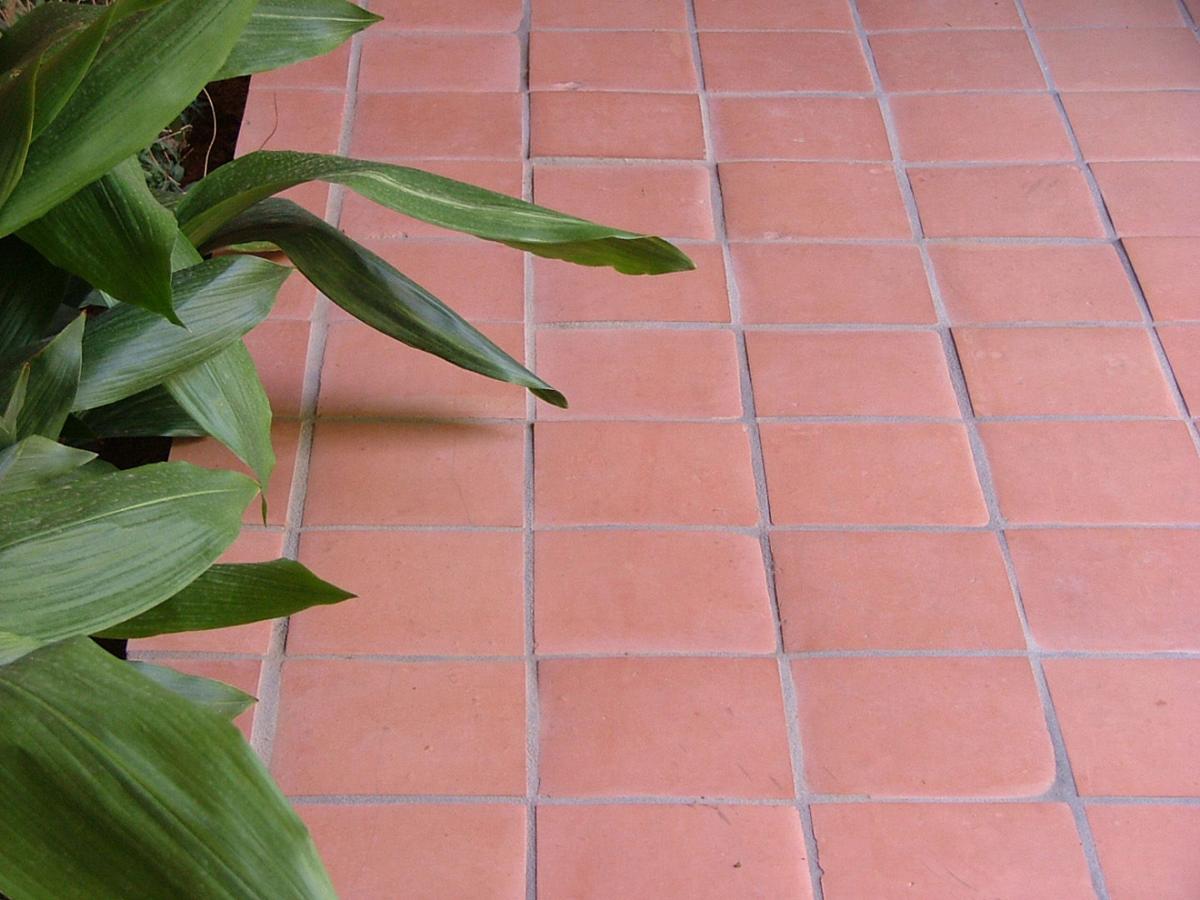Q: We bought a fixer-upper that has 2,300 square feet of Saltillo tile flooring that we’re going to replace. After remodelers removed the kitchen tile, we realized what a disaster this would be — dusty and messy. So how should we go about removing the rest — some that’s on our concrete slab and some on an underlay? Some people say keep chipping away with a cold chisel; others say there’s a machine that will do the job. We plan to remove the rest of the tile ourselves, but we’ll have an expert put in the new flooring.
A: Saltillo tile is the messiest tile to remove of all. I’d suggest renting an electric chipping hammer from a rental outlet. It will take you some practice though to figure out just how to hold the blade of this machine onto the floor so you will not chip up the concrete when you work on the tile. However, if you do chip up some of the concrete slab, it can be fixed with a concrete patch. Be sure to tell the rental company that you are removing Saltillo tile so that they give you the right type of equipment. While you’re working, wear protective knee pads and dust masks, and protect your personal belongings and electronics from the dust that is created.
Q: What would cause a house to creak and pop when it is only two years old? We have tried to stop this problem by putting air vents into the roofing; we have had the AC and heating system checked; we had roofing and truss companies out to take a look. It only used to pop when the air conditioning and furnace heat came on, but now it seems to do it at random, especially during warmer weather.
A: Your problem is probably related to thermal and humidity issues. This type of popping tends to decrease as the lumber dries out and comes to rest in its final location; that might not have happened yet in your relatively new home. Another possibility is that this noise is due to having the roof sheathing laid so tightly that it creates this sound. If that’s true, and the roof is covered with asphalt shingles, you might begin to see small visible ridges in the shingles along the plywood sheathing joint lines. Keep us posted on whether the situation improves.
Q: I live in a 1970s-era house retrofitted with can lights in the ceiling. Now I’d like to blow insulation into my attic, but I’m worried that those can lights might not be thermal-protected and could cause a fire in the attic if I go ahead with the insulation. Can that happen?
A: Yes, adding insulation could create a hazard if the can lights are not rated “insulation compatible.” Here’s how to check: Remove the light bulb and look up inside the housing. There should be a label attached to the sheet metal with the rating of the fixture. If you see that “IC” rating, then the housing is approved for direct contact with insulation. But we like to err on the side of caution. So it’s best to build mesh cones as a protecting shroud around each fixture as well. Then leave an opening at the top of each cone so the heat can vent.
Q: I have a 5-year-old electrically powered air conditioner on my roof as well as having an electrically powered, forced-air furnace. Lately, the blower motor for this system seems to kick on and off 24 hours a day every five minutes. I have the fan set on “auto.” So what’s causing this?
A: It could be that you have wiring that is shorting out or you could have a bad fan control. You need an HVAC contractor to find and correct the problem.





